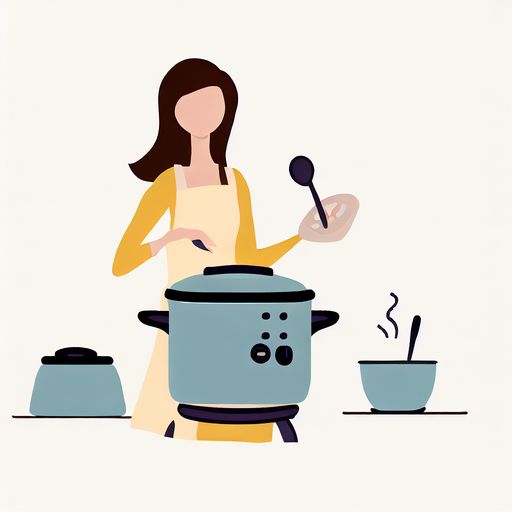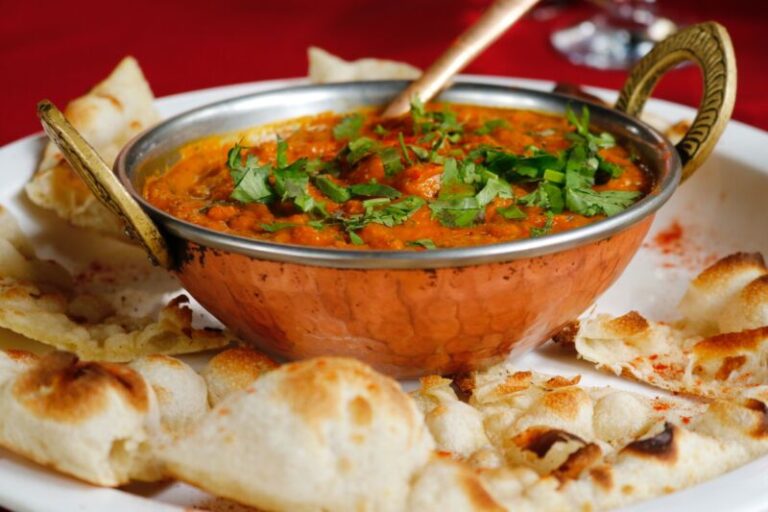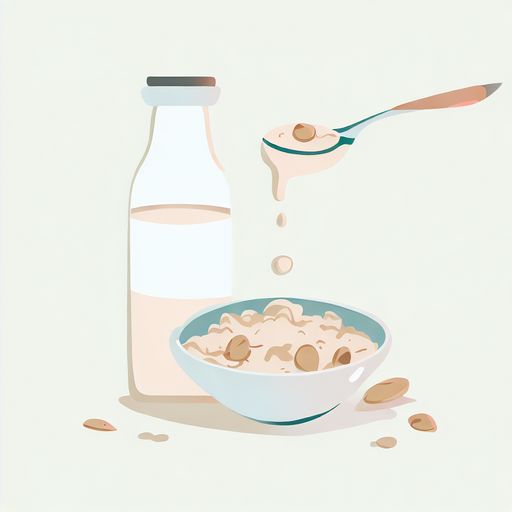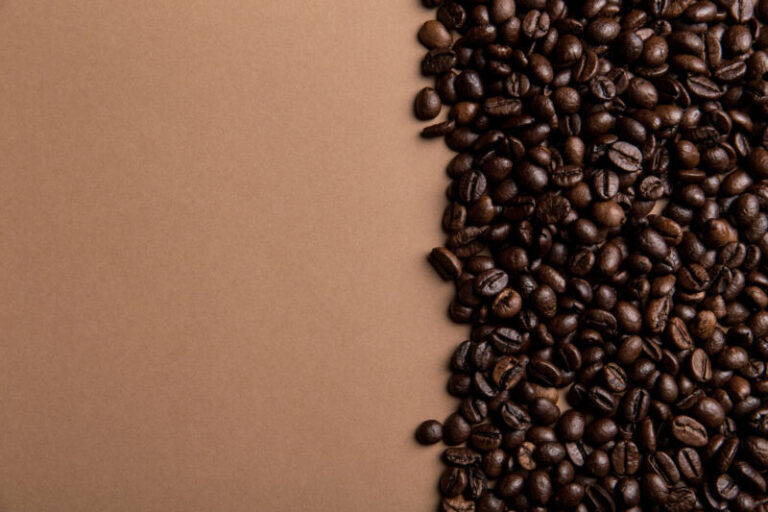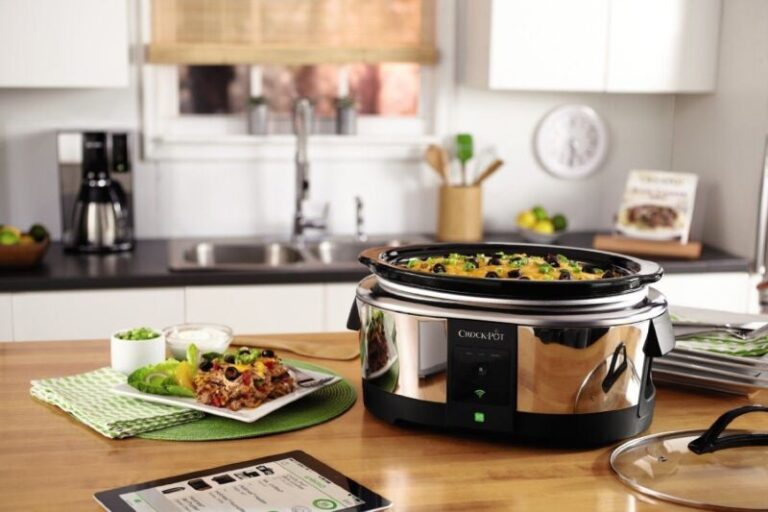Is It Better To Slow Cook On Low Or High?
Slow cookers have become increasingly popular in recent years for their convenience and versatility in the kitchen. Also known as crockpots, these handy appliances allow you to prep ingredients in the morning and come home to a fully cooked meal by dinnertime. But when it comes to choosing the right setting – high or low – there are several factors to consider.
How Do Slow Cooker Settings Work?
Slow cookers work by cooking food at low temperatures over an extended period. This long, gentle cooking breaks down connective tissues in tougher cuts of meat to make them tender and flavorful.
The high setting brings the slow cooker up to around 300°F, while the low setting hovers around 200°F. Both settings are below the boiling point of water, which prevents drying and overcooking.
Cooking times can vary greatly depending on the setting:
- High setting: 2-4 hours
- Low setting: 4-10 hours
So which is better for cooking in a slow cooker – high or low? Here’s an in-depth look at the advantages and best uses for each setting.
Benefits of Cooking on High
The high setting is best suited for dishes that cook quickly, or when you’re pressed for time. Here are some of the biggest benefits of using the high setting on your slow cooker:
Quicker Cooking Time
With cooking times between 2-4 hours on high, this setting allows you to whip up a meal in a few hours rather than waiting all day. The higher heat helps food reach safe internal temperatures faster.
- Ideal for time-sensitive dishes – The quicker cooking makes high heat the better choice for foods like chicken breasts, fish fillets, or pre-cooked foods that just need warming.
- Convenient for busy schedules – Long work days or after-school activities make it hard to cook at dinnertime. The high setting has a meal ready sooner.
Retains More Texture and Color
The high heat helps lock in moisture and fresh flavor better than slow cooking all day. Vegetables like broccoli and green beans keep more crunch and vibrancy.
- Avoid overcooking – Check food earlier and add more delicate veggies like spinach toward the end.
- Great for stir fries, curries, soups – Quick cooking preserves texture.
Advantages of Cooking on Low
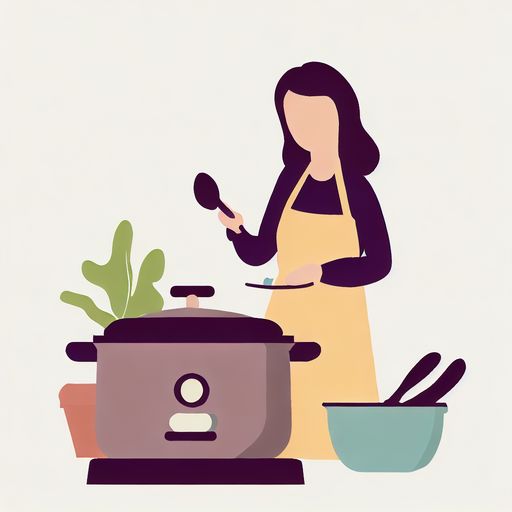
While the high setting works for shorter cooking times, the low setting shines when slow cooking food all day. Here are some benefits of using the low setting:
Tenderizes Meats
The low heat and long cooking time allows tough, inexpensive cuts of meat to become meltingly tender. The collagen breaks down into gelatin, keeping meats juicy.
- Perfect for roasts, brisket, lamb shanks – Low and slow tenderizes tough meats.
- Shreddable meat for tacos, sandwiches – Falls apart after 8-10 hours.
Enhances Flavor
Complex stews, chilis, and braised dishes develop richer depth of flavor when cooked low and slow. Sauce ingredients meld and marry.
- Ideal for saucy dishes – Chilis, marinara, roasts with gravy.
- Extracts flavor from herbs and spices – Dried chilies, garlic, whole spices bloom.
Choosing the Right Slow Cooker Setting
When deciding between high and low, consider these factors:
Recipe Requirements
Look for cook time estimates, temperature guidance, and any tips the recipe provides for best results.
- Adjust as needed – Add more liquid for low heat, reduce for high.
- Mind recommended settings – Some recipes specify “low” for a reason.
Desired Texture
If you want tender, fall-apart meat, cook low. For firmer veggies and fish, cook high.
- Tenderness preference – Consider the final texture you want.
- Cook accordingly – Low for tender, high for al dente.
Time Constraints
Your schedule will help determine the best setting. Use high for weeknights, low for weekends.
- How much time do you have? – Pick high for tighter timelines.
- Plan ahead – Get a head start prepping and loading ingredients.
Adapting Recipes for Different Settings
You may need to adapt traditional recipes when converting to slow cooker cooking. Here are some tips:
High-Heat to Low-Heat Conversion
Take a recipe designed for the stovetop or oven and cook it on low instead.
- Double the cooking time – Increase oven/stovetop times by 2x for low heat.
- Check for doneness – Cook time is an estimate. Verify doneness.
Low-Heat to High-Heat Conversion
Take a recipe created for low and switch to high for shorter cook time.
- Reduce cook time – Cut the time in half or quarter it.
- Check frequently – Short cooks can overshoot. Monitor texture and taste.
Ensure Food Safety
When adapting, food safety is crucial. Use a food thermometer and avoid undercooking.
- Minimum safe temperatures – Meat 145°F, poultry 165°F, soups 140°F.
- Err on the side of caution – When in doubt, cook it longer.
Tips for Slow Cooker Success

Follow these tips to ensure delicious results, whether cooking on high or low:
- Prep ingredients – Cut vegetables and meat uniformly for even cooking.
- Brown meats – Searing before slow cooking enhances flavor.
- Layer wisely – Place vegetables on bottom, meat in middle, delicate herbs/spices on top.
- Don’t peek! – Limit opening the lid to prevent heat loss.
- Add dairy at end – Milk, cream, cheese curdle if cooked too long.
- Use enough liquid – Add broth, tomatoes, or water to create steam and prevent burning.
- Embrace leftovers – Slow cooked meals taste even better reheated!
The Best of Both Worlds
By understanding the unique benefits of high and low slow cooker temperatures, you can achieve tasty results for any dish. Tender roasts and bold braises do best with extended low cooking. Quick meals or those needing a firmer texture are better on high.
With a bit of planning, slow cookers make it easy to prep in the morning and enjoy a home-cooked meal later – high or low heat, the choice is yours! Experiment to find your favorites, and you’ll discover how incredibly versatile this appliance can be.
